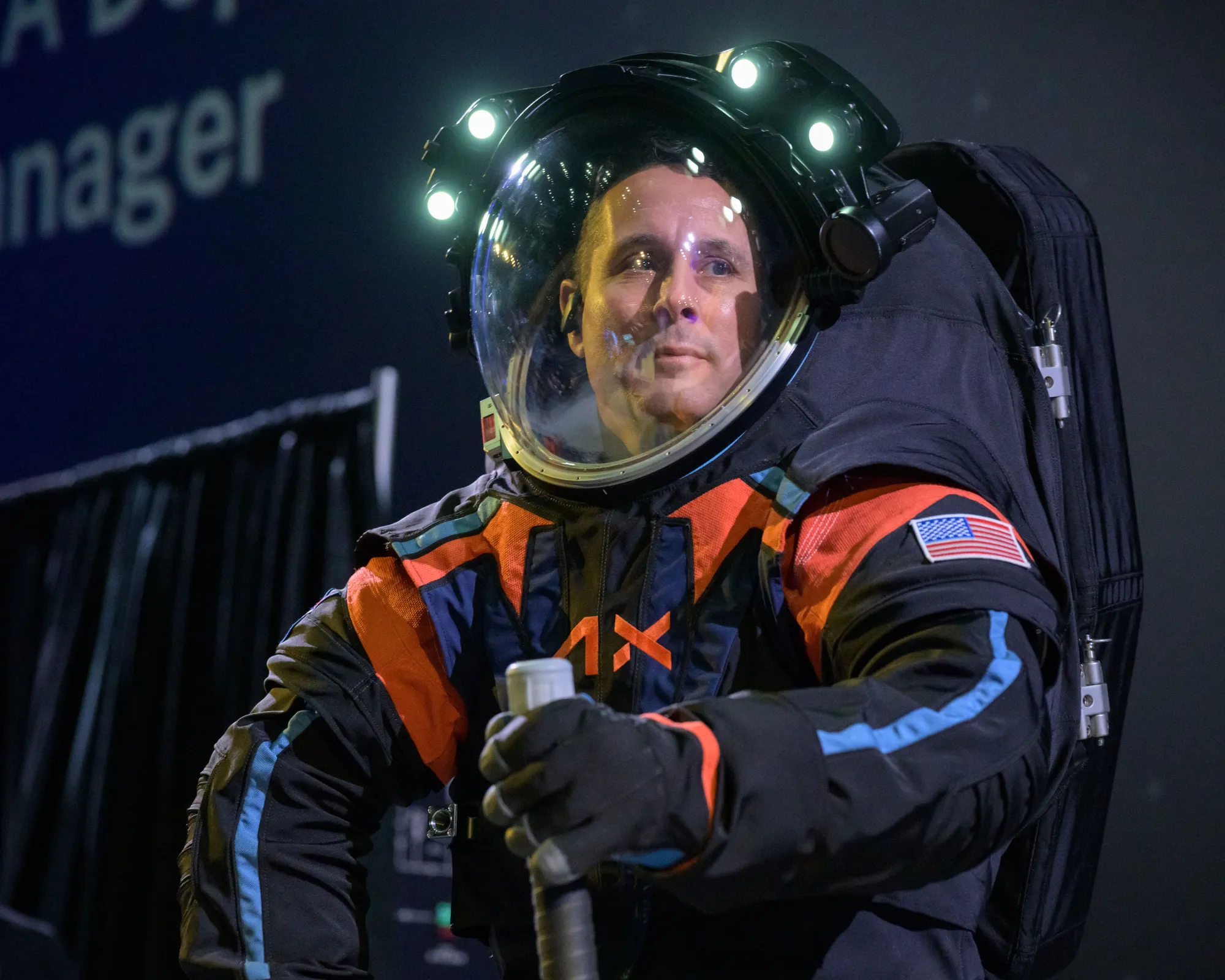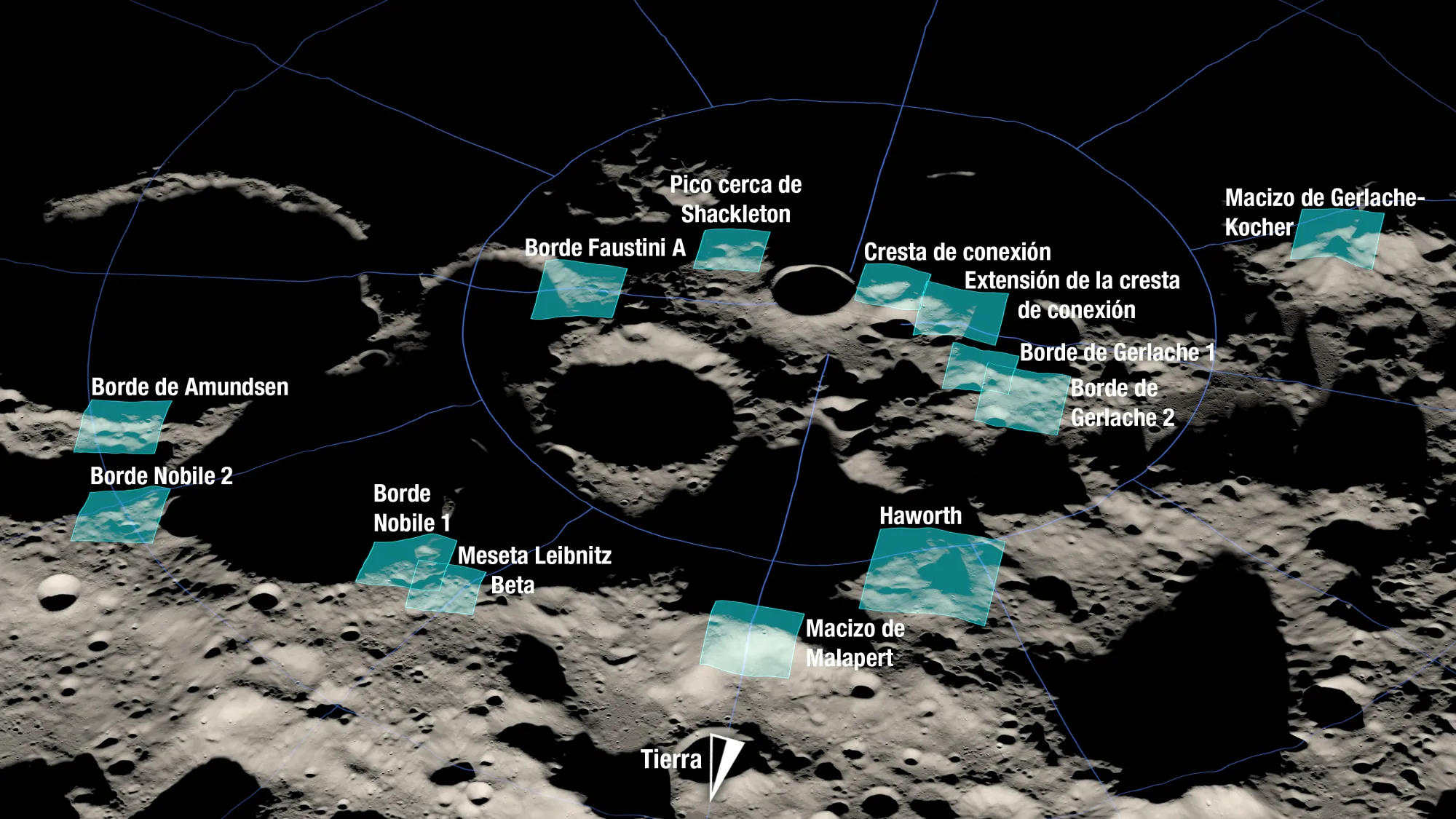Plummeting temperatures on the Moon would make it perfect to store bio samples, an expert has said.
A lunar biorepository has been proposed for the long-term storage of samples to safeguard Earth's biodiversity.
A report in the journal BioScience says the initial focus would be on "cryopreserving animal skin samples with fibroblast cells".
"Certain lunar sites near the poles may meet these criteria," it says.
"If possible, further testing would occur on the International Space Station prior to storage on the Moon.
"To secure a positive shared future, this is an open call to participate in this decades-long program," it adds.
Astronomy Ireland CEO David Moore told Moncrieff the low temperatures on the Moon could be perfect for storage.
"We found out recently that some of the craters at the south pole of the Moon are shadow-filled permanently, probably for billions of years," he said.
"So the temperature there drops to around -200C.
"You don't need any technology to keep samples of DNA-type material at the extremely low temperatures, potentially forever.
"You could preserve samples indefinitely without worrying [if] your generator is going to break down."
 The Artemis III spacesuit prototype - the AxEMU. Image: NASA/Axiom Space
The Artemis III spacesuit prototype - the AxEMU. Image: NASA/Axiom SpaceMr Moore said the extremely low temperatures could mean even bacteria that may attack tissue or cell samples wouldn't survive.
He said lunar craters could be be used for several purposes as they are tens of thousands of feet deep.
"On the Moon's south pole, which is where the next manned mission is destined to head, you could actually be on the top of the crater wall and you're in permanent sunlight," he said.
"The Moon's axis isn't titled over like the Earth's is so you don't get the same kind of seasons that we do on the Earth.
"So solar panels work great, they collect sunlight 24 hours a day, seven days a week forever.
"A few thousand feet away you've got this repository of ice and freezing temperatures that the astronauts can use for fuel - you can turn it into hydrogen - and water".
 Rendering shows 13 candidate landing regions for the Artemis III mission to the Moon. Image: NASA
Rendering shows 13 candidate landing regions for the Artemis III mission to the Moon. Image: NASAMr Moore said few lunar missions have gone to the craters.
"We sent only six crews of two - 12 people - to the Moon... and they went to the easy-to-get-to part," he said
"The south pole is very crated but even the last mission, Apollo 17, went to a semi-dangerous area.
"They knew how to land the spacecraft better by then; so we don't think there's going to be any particular problem landing at the south pole of the Moon.
"The long-term plan is to have a base there," he added.
Next year a crew is being sent to survey the Moon and the following year the Artemis III mission is set to land with a crew at the south pole.
The four-person mission has been described by NASA as "one of the most complex undertakings of engineering and human ingenuity in the history of deep space exploration".









